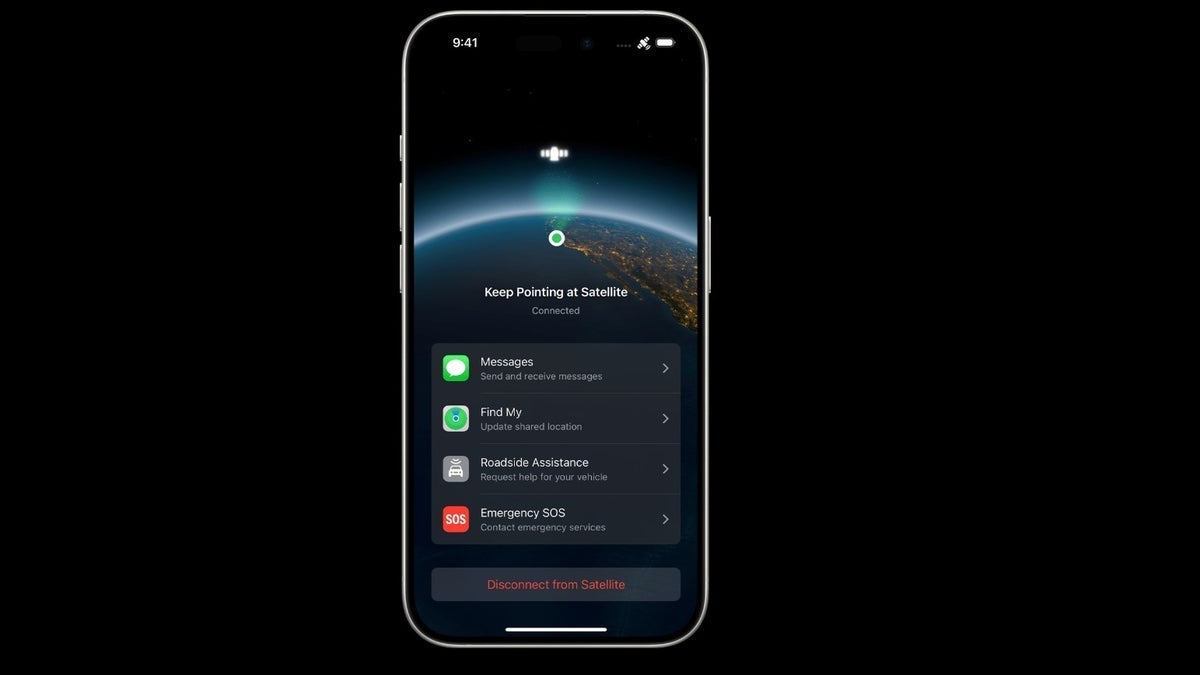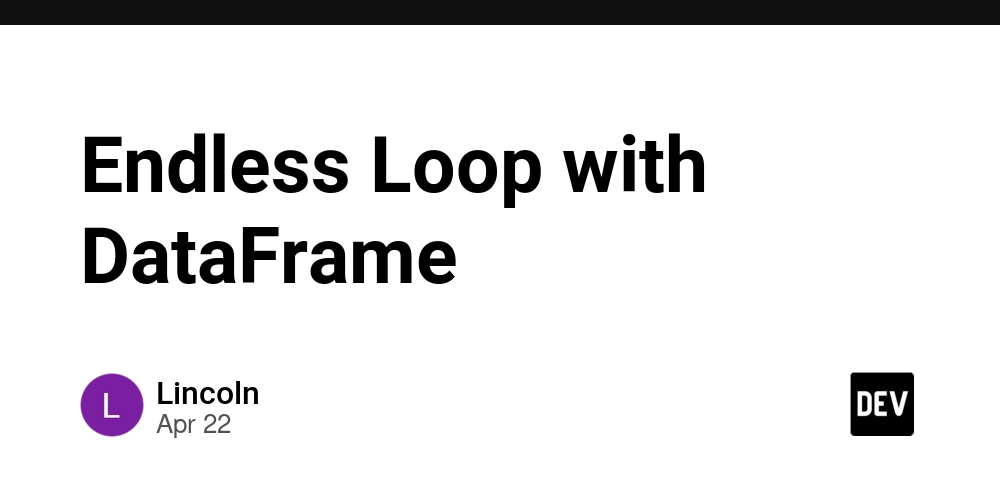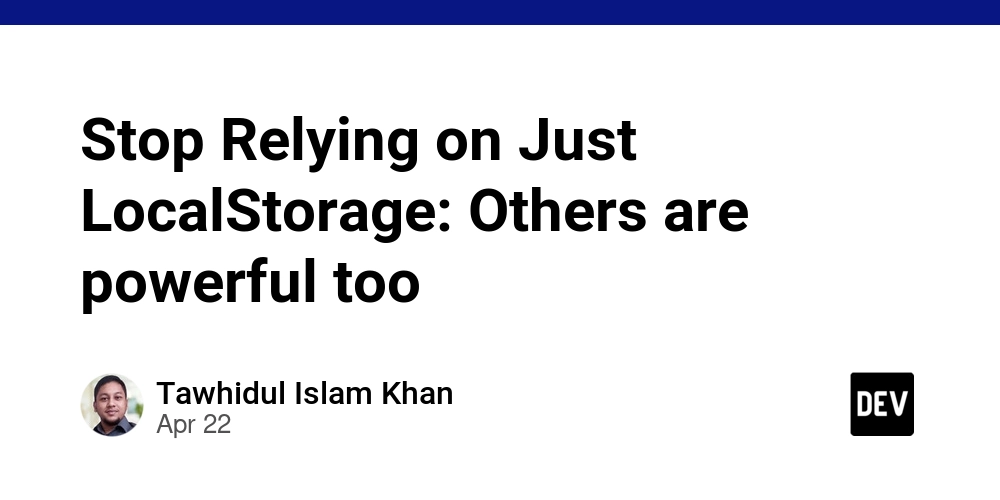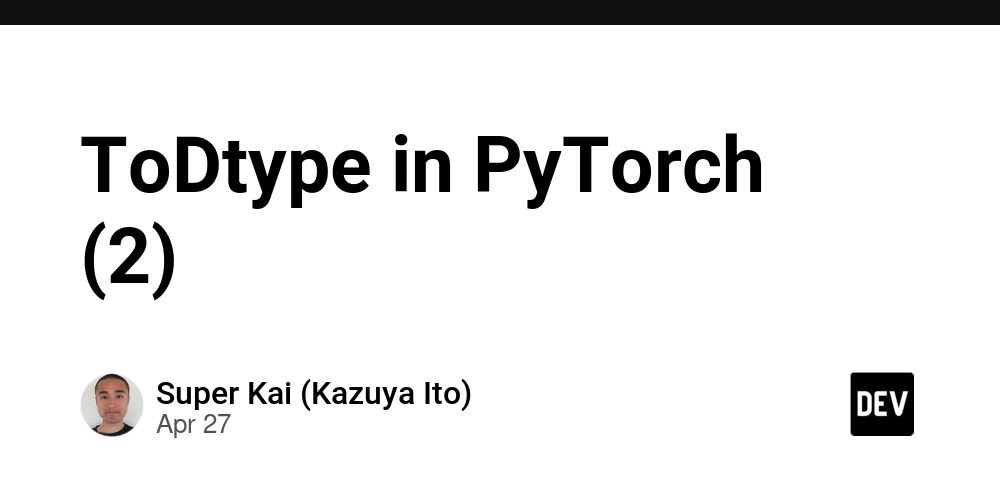Why AI Broke Your Rate Limits — And What to Do About It
The Problem with Traditional API Limits Let’s face it: rate limiting was built for browsers, apps, and people clicking buttons. Now we have AI agents calling APIs independently, making decisions, pulling data, and even posting content. That’s a very different kind of client that most APIs aren’t built to handle. AI doesn’t know what plagiarism is. It doesn’t recognize when it crosses ethical lines. It just sees input → pattern → output. And that’s a problem when it’s hooked into an API that wasn’t designed with context in mind. Even if you've got auth tokens and rate limits in place, those won’t help if the client doesn’t understand the consequences of its actions. What happens when the model misuses data? Or publishes something it shouldn't? That’s where the idea of harm limiting comes in. Harm Limiting: A New Kind of Guardrail Harm limiting is a shift from focusing on how often a system can call your API to how it utilizes the data it receives. Imagine tagging responses with extra context: Is this data safe to reuse in a public response? Should a human double-check before anything gets published? Is this only meant for internal use? The goal is to provide API-level guidance that AI clients can easily access — something structured, machine-readable, and ideally integrated into the response layer. It’s not about stopping requests. It’s about influencing behavior. Real Examples: What’s Out There Now? There’s already some movement in this space. One promising spec is MCP (Model Context Protocol). It’s still early days, but the idea is smart: let AI clients negotiate access with boundaries included. Give them clearer instructions so they know not just what data they're pulling, but what it’s for. Anthropic published a draft version of MCP that outlines how agents can connect to tools like content APIs or dev environments with more clarity about usage rules.And teams like WunderGraph are already experimenting with it. Think of it as metadata with meaning. Not just keys and values, but purpose. Why This Needs to Be a Team Effort We can't expect models to magically do the right thing. We also can’t expect every API developer to solve this in isolation. Harm limiting works best when it’s part of a shared strategy — something like Microsoft’s AI Shared Responsibility Model. That framework splits accountability between platform providers, app developers, and end users. Zenity recently posted about how organizations are already being compelled to establish their own AI safety standards. No federal rules, no consistent guidelines, just teams trying to make smart calls without much support. Harm limiting gives those teams a better starting point. It’s not perfect, but it’s a framework that doesn’t wait until something goes wrong. Yeah, It’s a Hard Problem We’re still missing a universal standard for tagging API data in a way AI models can reliably understand. The signals aren’t consistent, and adoption will take time. But we’ve been here before. It took years to unify around USB-C. Now it’s everywhere. The same will happen with this — it just takes alignment on the basics. Frameworks like MAESTRO from the Cloud Security Alliance are already helping map out AI-specific threats. They aren’t built for harm limiting directly, but they show how fast this space is evolving — and how urgently we need stronger guardrails. TL;DR Rate limits were designed for humans. AI clients act differently, and traditional safeguards don’t cut it. Harm limiting is a new approach to guiding how data is used, not just how it is accessed. It’s early, but it’s the direction we need to be heading. Wrapping Up AI is crossing into new territory: not just analyzing data, but taking real action with it. If you're building APIs, this is your chance to stay ahead. Not by blocking access, but by shaping what happens after the data leaves your system. Think of harm limiting as your API’s way of saying: “Here’s the data. But also, here’s what you should (and shouldn’t) do with it.” Inspired by the original post: Rethinking API Access in the Age of AI Agents by WunderGraph.
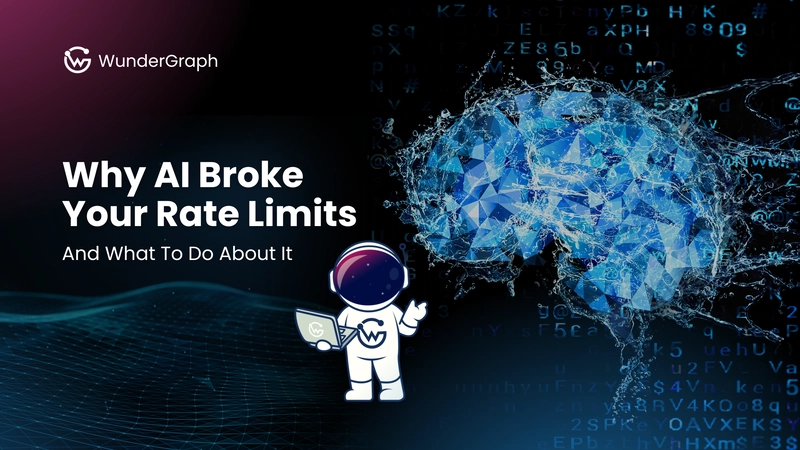
The Problem with Traditional API Limits
Let’s face it: rate limiting was built for browsers, apps, and people clicking buttons.
Now we have AI agents calling APIs independently, making decisions, pulling data, and even posting content. That’s a very different kind of client that most APIs aren’t built to handle.
AI doesn’t know what plagiarism is. It doesn’t recognize when it crosses ethical lines. It just sees input → pattern → output.
And that’s a problem when it’s hooked into an API that wasn’t designed with context in mind.
Even if you've got auth tokens and rate limits in place, those won’t help if the client doesn’t understand the consequences of its actions. What happens when the model misuses data? Or publishes something it shouldn't?
That’s where the idea of harm limiting comes in.
Harm Limiting: A New Kind of Guardrail
Harm limiting is a shift from focusing on how often a system can call your API to how it utilizes the data it receives.
Imagine tagging responses with extra context:
- Is this data safe to reuse in a public response?
- Should a human double-check before anything gets published?
- Is this only meant for internal use?
The goal is to provide API-level guidance that AI clients can easily access — something structured, machine-readable, and ideally integrated into the response layer.
It’s not about stopping requests. It’s about influencing behavior.
Real Examples: What’s Out There Now?
There’s already some movement in this space.
One promising spec is MCP (Model Context Protocol). It’s still early days, but the idea is smart: let AI clients negotiate access with boundaries included. Give them clearer instructions so they know not just what data they're pulling, but what it’s for.
Anthropic published a draft version of MCP that outlines how agents can connect to tools like content APIs or dev environments with more clarity about usage rules.And teams like WunderGraph are already experimenting with it.
Think of it as metadata with meaning. Not just keys and values, but purpose.
Why This Needs to Be a Team Effort
We can't expect models to magically do the right thing.
We also can’t expect every API developer to solve this in isolation.
Harm limiting works best when it’s part of a shared strategy — something like Microsoft’s AI Shared Responsibility Model. That framework splits accountability between platform providers, app developers, and end users.
Zenity recently posted about how organizations are already being compelled to establish their own AI safety standards. No federal rules, no consistent guidelines, just teams trying to make smart calls without much support.
Harm limiting gives those teams a better starting point. It’s not perfect, but it’s a framework that doesn’t wait until something goes wrong.
Yeah, It’s a Hard Problem
We’re still missing a universal standard for tagging API data in a way AI models can reliably understand. The signals aren’t consistent, and adoption will take time.
But we’ve been here before.
It took years to unify around USB-C. Now it’s everywhere. The same will happen with this — it just takes alignment on the basics.
Frameworks like MAESTRO from the Cloud Security Alliance are already helping map out AI-specific threats. They aren’t built for harm limiting directly, but they show how fast this space is evolving — and how urgently we need stronger guardrails.
TL;DR
Rate limits were designed for humans.
AI clients act differently, and traditional safeguards don’t cut it.
Harm limiting is a new approach to guiding how data is used, not just how it is accessed.
It’s early, but it’s the direction we need to be heading.
Wrapping Up
AI is crossing into new territory: not just analyzing data, but taking real action with it.
If you're building APIs, this is your chance to stay ahead. Not by blocking access, but by shaping what happens after the data leaves your system.
Think of harm limiting as your API’s way of saying: “Here’s the data. But also, here’s what you should (and shouldn’t) do with it.”
Inspired by the original post: Rethinking API Access in the Age of AI Agents by WunderGraph.































































































































































![[The AI Show Episode 143]: ChatGPT Revenue Surge, New AGI Timelines, Amazon’s AI Agent, Claude for Education, Model Context Protocol & LLMs Pass the Turing Test](https://www.marketingaiinstitute.com/hubfs/ep%20143%20cover.png)











































































































![Is this too much for a modular monolith system? [closed]](https://i.sstatic.net/pYL1nsfg.png)













![[DEALS] Koofr Cloud Storage: Lifetime Subscription (1TB) (80% off) & Other Deals Up To 98% Off – Offers End Soon!](https://www.javacodegeeks.com/wp-content/uploads/2012/12/jcg-logo.jpg)






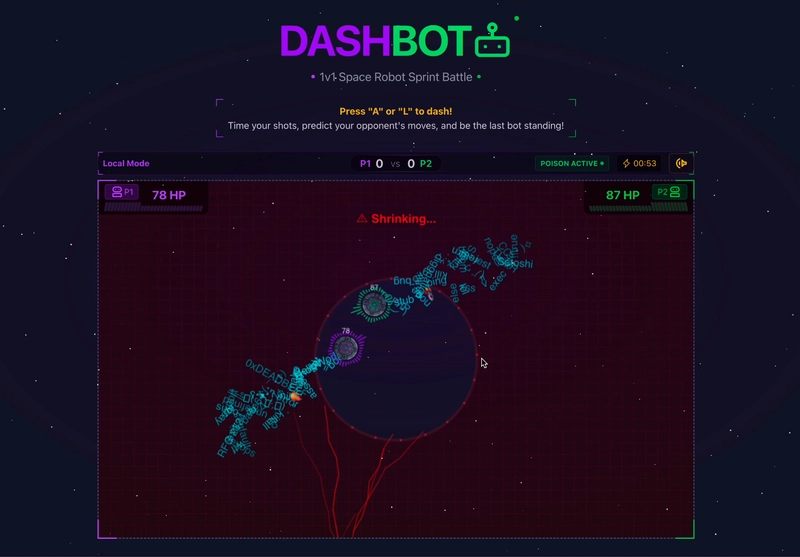

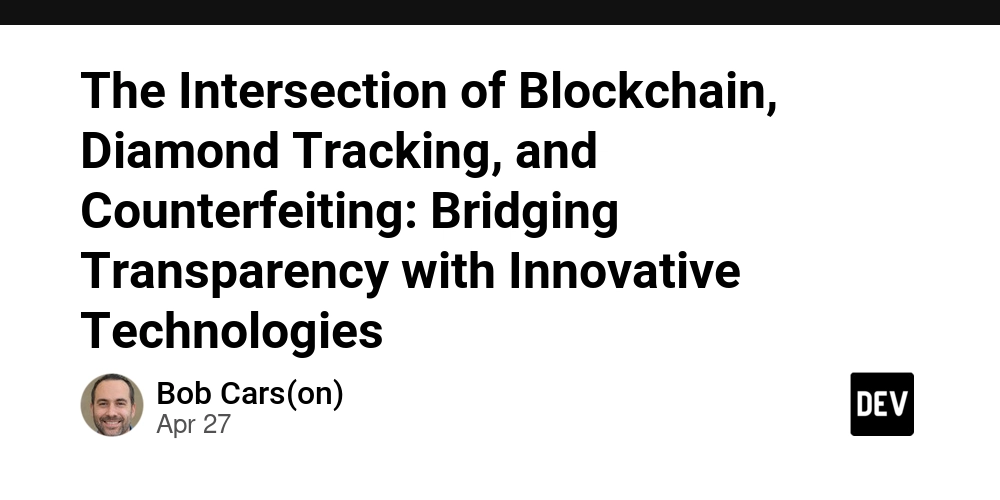
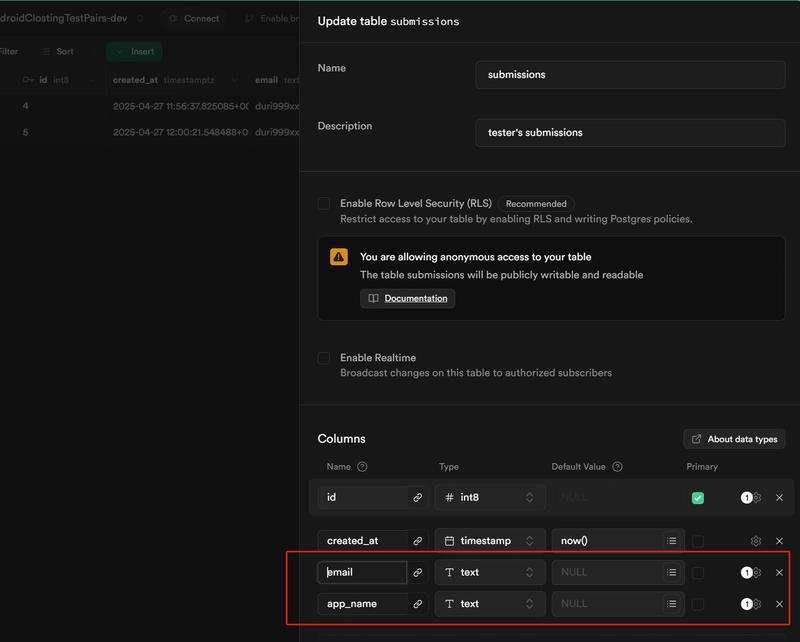








































































































































 CISO’s Core Focus.webp?#)
























































































![Hostinger Horizons lets you effortlessly turn ideas into web apps without coding [10% off]](https://i0.wp.com/9to5mac.com/wp-content/uploads/sites/6/2025/04/IMG_1551.png?resize=1200%2C628&quality=82&strip=all&ssl=1)




![This new Google TV streaming dongle looks just like a Chromecast [Gallery]](https://i0.wp.com/9to5google.com/wp-content/uploads/sites/4/2025/04/thomson-cast-150-google-tv-1.jpg?resize=1200%2C628&quality=82&strip=all&ssl=1)










![iPadOS 19 May Introduce Menu Bar, iOS 19 to Support External Displays [Rumor]](https://www.iclarified.com/images/news/97137/97137/97137-640.jpg)

![Apple Drops New Immersive Adventure Episode for Vision Pro: 'Hill Climb' [Video]](https://www.iclarified.com/images/news/97133/97133/97133-640.jpg)


















































